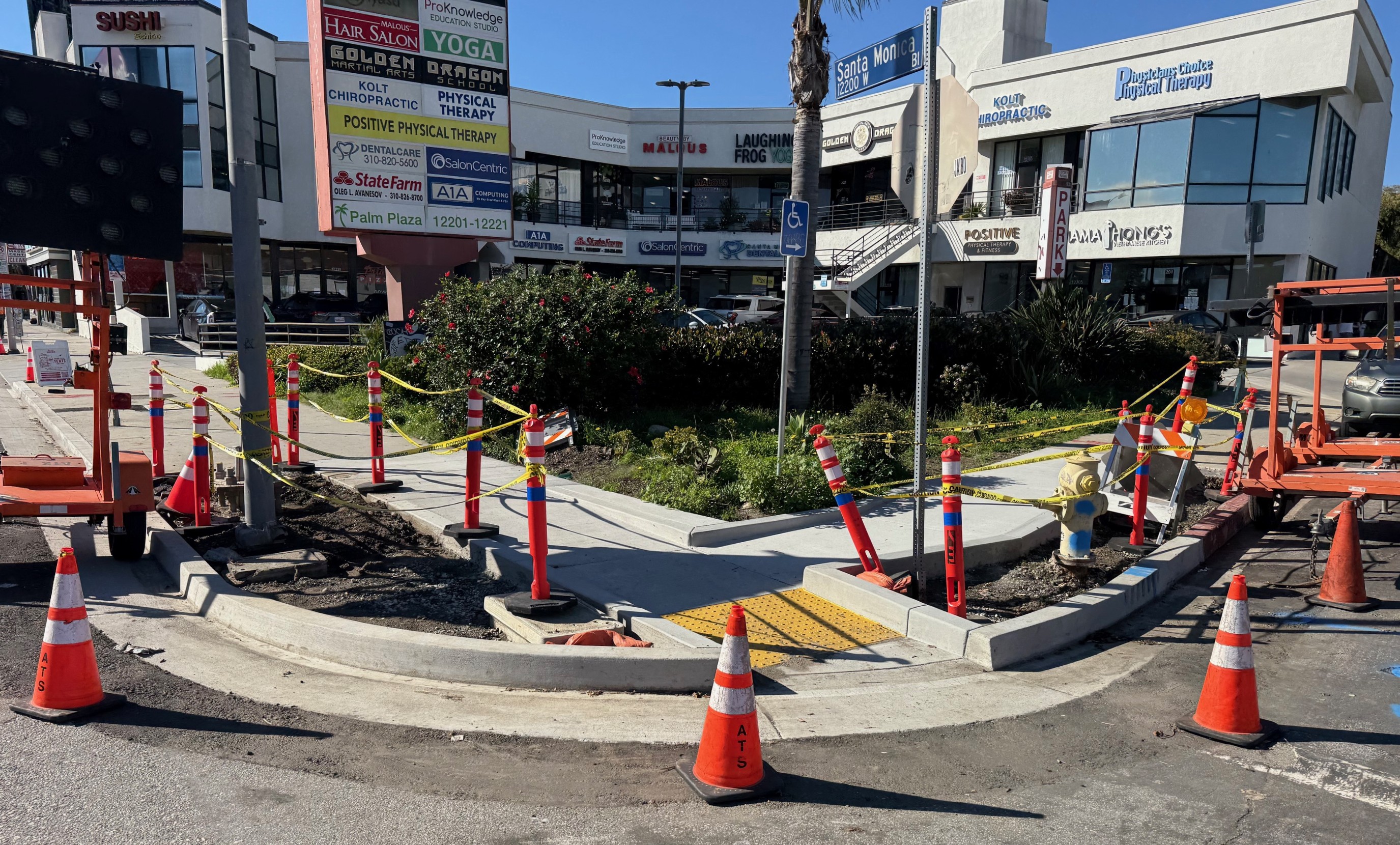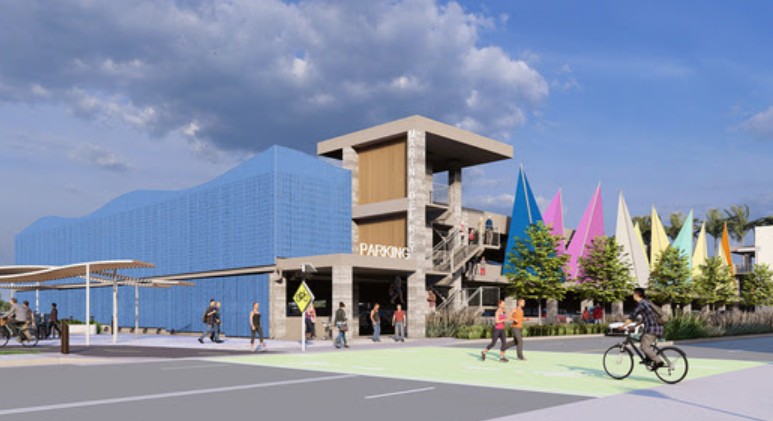It's no secret that Livable Streets advocates are big fans of the theories of Donald Shoup. The Shoupista that introduced him on Saturday referred to him as "Shoup Dogg," and Streetsblog prefers to sing "Shoup there it is." These kind of salutations for an Economics professor who dresses the part of the academic activist from his tweed jacket to a t-shirt that reads "All may park, ALL MUST PAY" may seem silly; but his message for Angelenos is not. Our parking policy doesn't just make bad economic sense, it's also playing a major role in holding our city back. The UCLA professor is considered one of the foremost expert at parking policy, and when it comes to his host city; he doesn't like what he sees.
But first, a quick overview of the Shoupian theory, made famous by the book "The High Cost of Free Parking." When cities undercharge for street parking, they encourage people to "cruise for parking" instead of just parking close to where they need to go. This creates an average increase of a half mile per trip, which rapidly adds up for even a cozy community such as Westwood. Also, the municipality is missing out on a revenue stream that should be reinvested in the community and become a fund for urban renewal. A local example of a city getting it right is the revival that South Paadena has seen in recent decades because of an intelligent use of their parking resources.
So what is Los Angeles getting wrong? After all, didn't then City Council Transportation Committee Chair Wendy Greuel name-drop Donald Shoup every chance she had when the city raised it's parking rates and increased meter hours last year?
 Parking rock stars don't do their own tech support.
Parking rock stars don't do their own tech support.First, Los Angeles almost never charges an appropriate rate for street parking. Shoup notes that it's not uncommon to see a street with full meters and no place for a new driver to park their car, and then walk a block to see empty meters. The basics of supply and demand will tell you that one street is charging too much for meters and another not enough. Shoupian parking theories are a lot more complicated than "let's raise rates," and the city's clumsy handling of last year's raises certainly didn't qualify.
Second, the city used its revenue to partially plug a hole in the general fund, and gave none of it back to the local community. These are the basics of Shoupian policy, that meters must be priced appropriately and repeatedly, and that the money has to go back to the community.
So how can the city fix this mess? The first thing is that the City Council shouldn't be passing meter rates for every street. Instead they should be passing a goal for metered parking that reads something like, "by xxx every block in the city should average nearly 87% occupancy for its metered spaces." This would allow for the LADOT to adjust rates appropriately for every metered block in the city until the city is maximizing its revenue and use of its spaces. Similarly, the Council should pass a resolution that a certain percentage of the parking revenues are returned to communities from which they come.
That leads us to our third problem, the city is still reliant on the ground-breaking technology of the 1930's, the parking meter. Yes, there are some smart spaces available, but not enough of them. Using electronic machines would allow LADOT to adjust the parking rates so that it costs more to park at peak hours than non-peak. "Congestion parking" is needed to insure the maximum usage of spaces. "How many other payment systems have remained the same since 1935?" Shoup rhetorically asked? There was no need for anyone to hazard a guess.
Fourth, the city doesn't make good use of its neighborhood parking programs. While as a resident of certain areas of the city I can buy a permit to park on my local street, everyone else either gets a ticket or can only be there for certain hours; a non-resident working in the same area cannot. Thus, in many places local streets are deserted in the middle of the day and laborers are crammed into parking lots that aren't really necessary. Charge those people for non-resident passes, and return the money to the community, and you eliminate a need for off-street lots and create a new revenue stream for the community. As Shoup himself noted, "Nobody wants a lot of freeloaders parking in their neighborhoods."
But perhaps most damningly, Los Angeles doesn't just encourage developers to provide parking; it requires them to do so. Have you ever seen an overhead shot of Downtown Los Angeles? Dang! That's a lot of parking!
Before the question and answer portion of the program, Shoup's students made a brief pitch for "cash out parking" in light of the changes in state law. Streetsblog has long been a fan of this program, and I encourage you to read more about it, or just listen to Gary's interview above.






